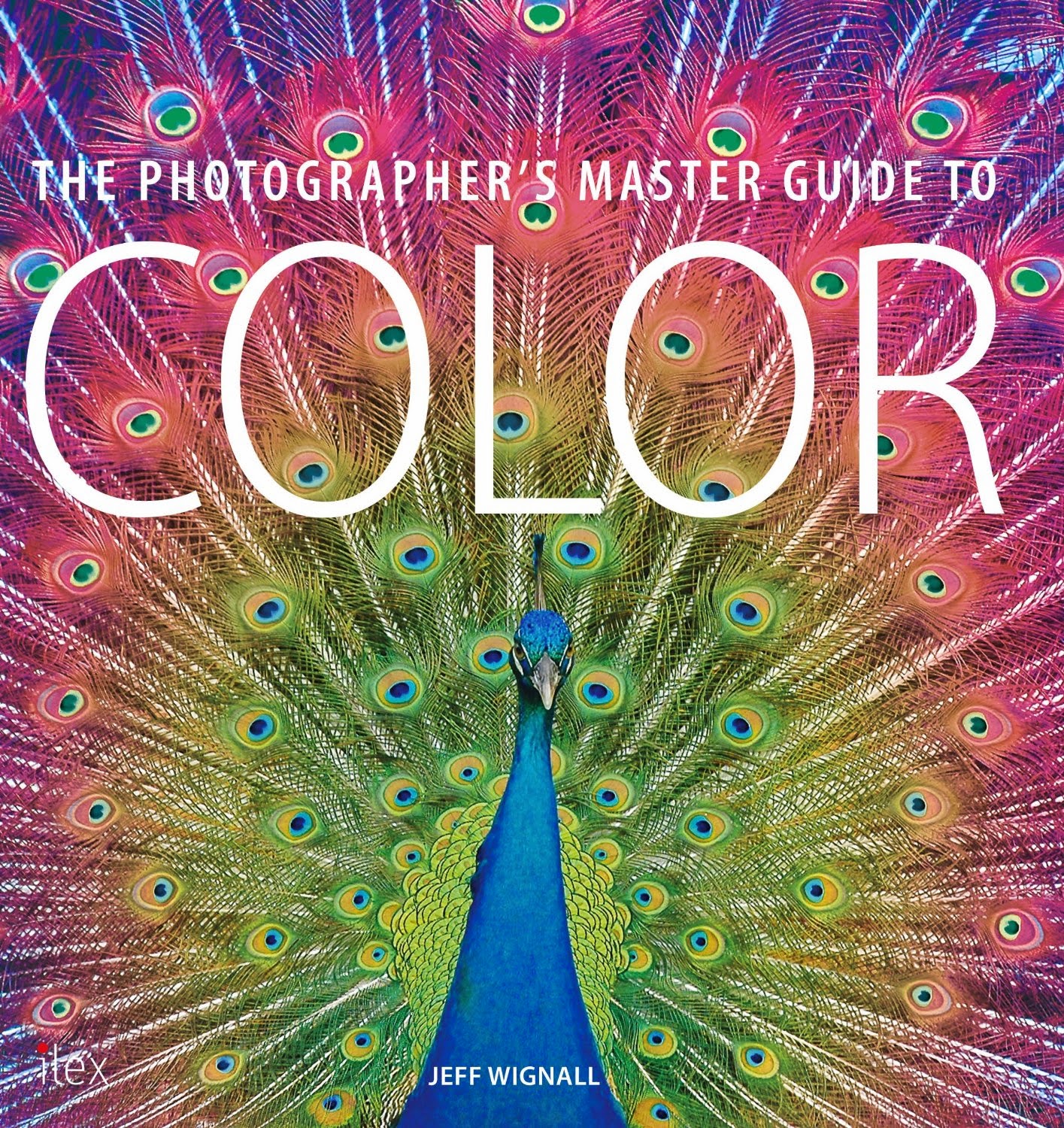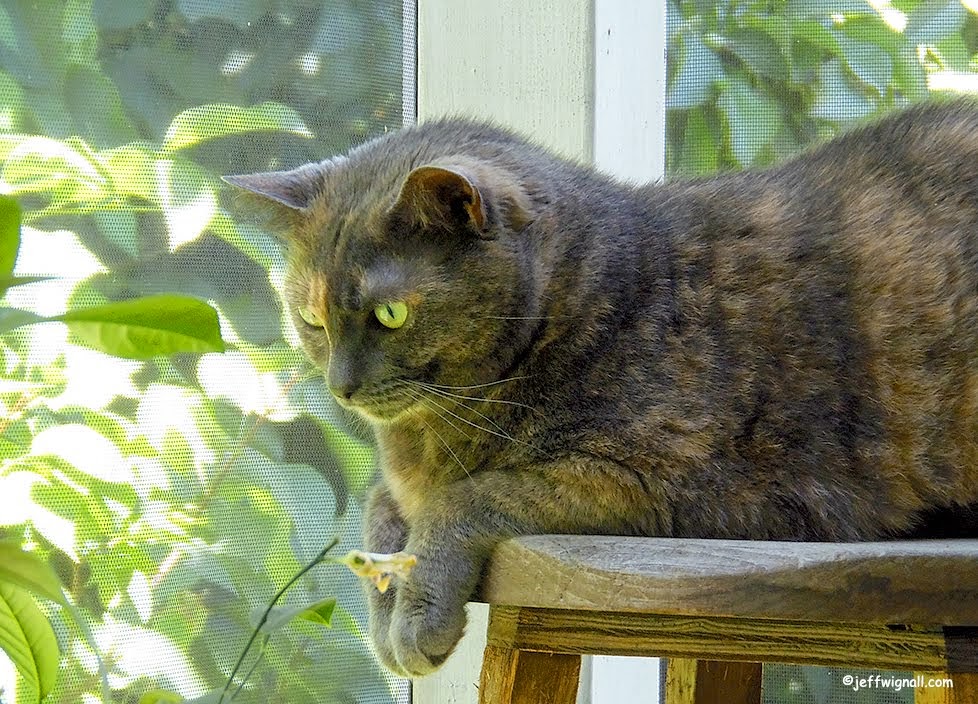
First, my apologies for not posting for a week, but I've been on the road photographing and spent several days in Chincoteague, Virginia hoping to photograph the wild ponies on Assateague Island--but more about that in an upcoming post. For now, here's an interesting story about a shot I took earlier this summer.
If you're approximately the same age as me (in other words, you grew up watching
Leave it to Beaver and the
Andy Griffith shows), then you probably immediately recognized the little girl here as Little Miss Sunbeam. Her happy face was a huge part of my childhood and was used to promote Sunbeam bread on signs, magazine and newspaper ads, on TV and, of course, on the bread itself. (And though I hadn't realized it until I started to do some online research, she is
still used on their packaging and advertising!)
Maybe it's just nostalgia for a more innocent time, or the fact that I've been seeing this face for most of my life, but it seems to me that you just don't see art like this in advertising anymore. Or maybe it's just that we see so many images and so much advertising these days that there are fewer and fewer genuinely iconic images--all advertising has congealed into one long visual blur, an endless stream of light and color trying to snatch our attention from one instant to the next.
Signs like this are a joy to discover and they pop up at the most unexpected moments. I found this peeling and apparently forgotten sign (though probably a local landmark) in front of a bakery thrift store on Route 1 in Rhode Island. Actually I think it was my companion that spotted it and the moment she pointed it out I nearly slammed on the brakes and quickly turned into the parking lot. I was half tempted to only take a snapshot from the car window, just for old time's sake, but guilt overcame me (as it usually does) and I got out the tripod, chose the best lens and did the sign justice. (I've come to learn that the I suffer a lot less regret later on if give every subject the time and energy it deserves.) I spent about twenty minutes shooting a few dozen different frames of the sign and playing with different crops and angles.
The real fun of finding signs like this though comes in tracking down some of their history--which is exactly what I did. Realizing that there must have been a real girl who posed for the painting, I did some research and discovered that there were actually several "Sunbeam Girls" but the one that I think is pictured in this sign (and the one who was probably the most famous) was
Patty Michaels. Patty was selected as the Sunbeam Girl at age five in 1955 and went on to have a very successful career as a model, actress and singer . Her face ended up on millions of packages of bread and she also made personal appearances to promote the bread. Only a few years later she ended up on Broadway in the Sound of Music (starring with Mary Martin) and after four years on the stage, turned to TV and appeared on the variety shows of Sid Caesar, Jackie Gleason and Garry Moore. She later became a pop singer and, though that career didn't last too long, performed with some pretty famous names. I'd love to get in touch with her and interview her about her long career!
The artist behind the portraits, an illustrator named
Ellen Segner was also a pretty fascinating character and was one of the few women who got famous as a glamor and pin-up artist. She was also the illustrator for the famous "Dick and Jane" children's books! Her Little Miss Sunbeam portraits have been in constant use for more than 60 years.
You just never know how much of a story there is behind old advertising signs, but it's definitely worth the time and effort to photograph them and do some research. For me, finding that Little Miss Sunbeam sign (and I hope the company restores it one day before it peels itself into oblivion) was a fun glimpse back into my childhood and also led me to a fun few hours of research.
 One of the interesting things about photographing autumn scenes (or almost any landscape scenes, for that matter) is that, depending on the lighting and weather, they can produce a whole range of emotional responses. Scenes shot on misty or overcast days where the colors are saturated but muted have a soulful but very pensive and almost sad look to them. The same scenes shot on a sunny day with a bright blue sky are almost bursting with cheerfulness.
One of the interesting things about photographing autumn scenes (or almost any landscape scenes, for that matter) is that, depending on the lighting and weather, they can produce a whole range of emotional responses. Scenes shot on misty or overcast days where the colors are saturated but muted have a soulful but very pensive and almost sad look to them. The same scenes shot on a sunny day with a bright blue sky are almost bursting with cheerfulness.












